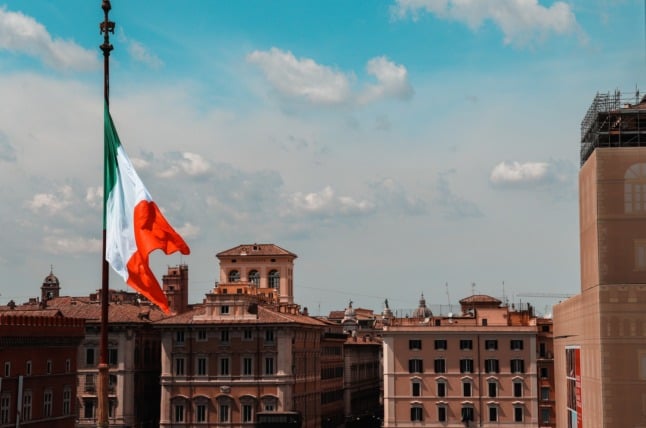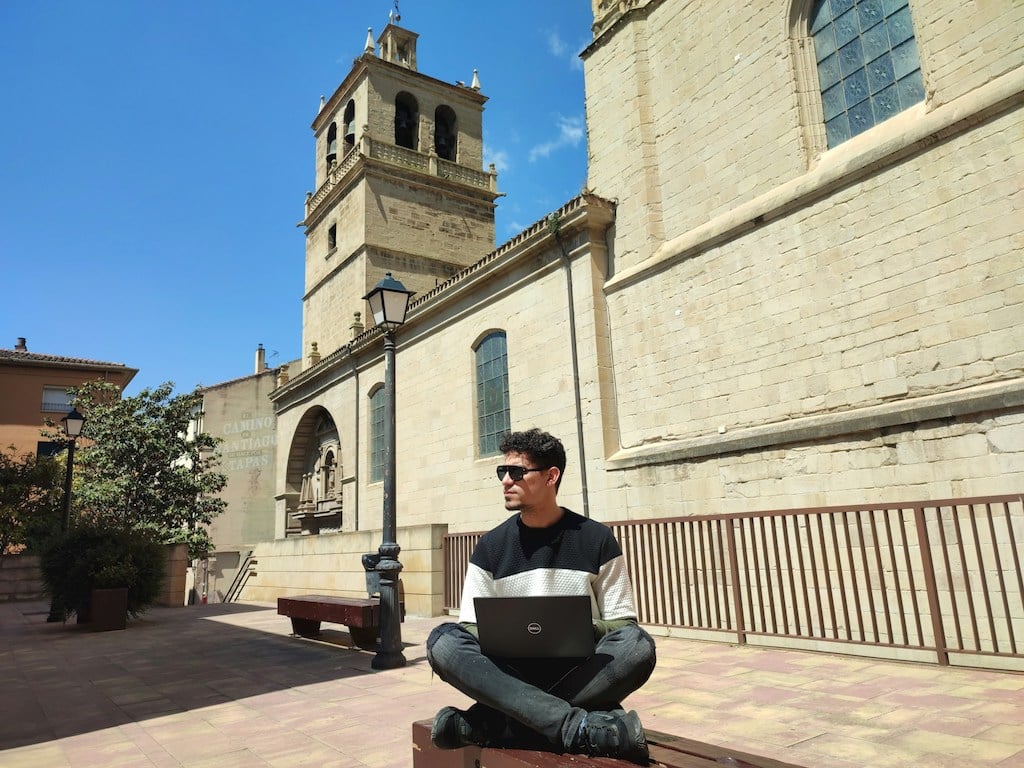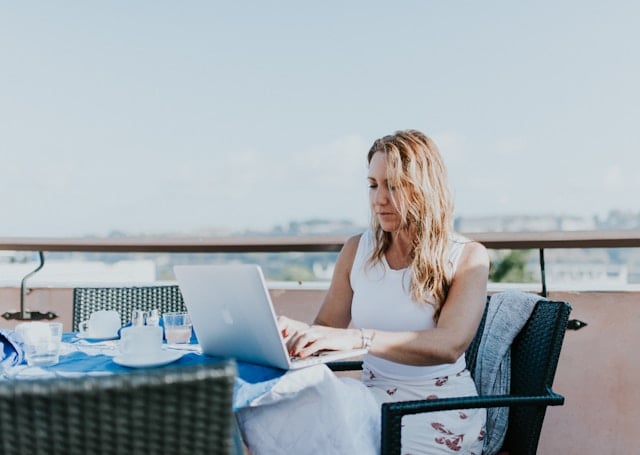The type of employment visa, your country of origin and your profession are all factors in deciding which route you need to take to working in Italy.
If you’re a citizen of a country covered by the European Union freedom of movement rules, visa requirements do not apply but you will need an Italian residence permit for stays longer than 90 days.
In fact, EU citizens and also nationals from Norway, Iceland, Liechtenstein or Switzerland don’t need a permit to work in Italy.
If you’re from another country though, you will need to apply for a work permit and a visa (visto) – a type of Long Stay visa valid for those staying in Italy longer than 90 days.
Since Britain left the EU, Brits are now counted as third country nationals, along with Americans and Canadians, for example. This means UK nationals no longer have the benefits of free movement to live and work throughout Europe, and so must follow the same steps.
Explained: What Brits need to know about visas for Italy after Brexit
So, as a non-EU citizen, there are three main documents you need to live and work in Italy:
- a work permit
- a work visa
- a residence permit (permesso di soggiorno) within 8 days of arriving in Italy.

Whichever path you take, be that as an employee on the payroll, a freelancer or seasonal worker, you’ll need to keep an eye on the so-called Decreto Flussi (Flow Decree), an annual quota for how many people can enter the country from outside the EEA to work.
While this year’s cap has still not been set, reportedly causing concern for recruitment of seasonal workers, for 2020 the government decree set the limit at 30,850.
READ ALSO:
- ‘Do your homework’: An American’s guide to moving to Italy
- 16 of the most essential articles you’ll need when moving to Italy
- What’s the difference between Italian residency and citizenship?
Out of that figure, 18,000 permits were allocated to seasonal work and the rest assigned to non-seasonal or self-employment (including those converting an existing residency permit into a work permit).
It is important to begin the visa application procedure as soon as possible after the publication of the quota list, because most quotas are filled within a few days. Any applications arriving after the quota is filled, or which are completed incorrectly, are rejected.
Salaried employees
Looking at the figures, getting a visa as an employee for an Italian company has the best statistical chance of success.
“You have a lower chance of being turned down as an employee,” accountant and tax expert Nicolò Bolla told The Local in April.
To get a work visa as an employee, you must find a job first. The good news is that your employer will then complete most of the visa application process for you and all you need to do is provide them with the relevant paperwork.
The employer would then need to obtain a permit for you, or Nulla Osta, from the Italian immigration office (Sportello Unico d’Immigrazione – SUI).
Once you get that from your employer, you can apply for the work visa in your home country at your consulate. From there, you may enter Italy, but still need to apply for an Italian residence permit within 8 days of arriving in Italy.
The permesso di soggiorno is the documentation that allows you to legally live and work in the country.

After that, there’s more administration to do in Italy, which changes according to the country you’re coming from and your specific circumstances.
How you do this if you’re not already in the country is by way of a proxy, who negotiates the procedure for you. You may be asked for various documentation, including signed work contracts, a nulla osta, diplomas and certificates, proof of accommodation in Italy and sufficient funds.
EXPLAINED: What type of visa will you need to move to Italy?
The Italian Ministry of Foreign Affairs has an updated visa portal to check what you might need, depending on your country of origin – the Italian authorities could ask you for any documentation they deem necessary.
Aside from the work permit, you’ll need to complete your visa application form, which is in Italian, so you may need help with completing it if you don’t know the language well.
You’ll also need:
- A recent passport-sized photo.
- A valid passport or ID – the expiration date must be at least three months longer than that of the visa.
- The work permit (with help form your employer).
You need to submit the application at least three months before you intend to move to Italy and processing it takes around 30 days, at a cost of €116.
The duration of your work visa is the same as your contract, which cannot be shorter than one year. If you have an unlimited contract, your work permit has a maximum length of two years. How long your residence permit lasts will also correspond to the length of your contract.
READ ALSO: Freelance or employee: Which is the best way to work in Italy?
‘Highly skilled’ workers
You have another shot at getting a work visa as an employee in Italy if you fall under the EU’s Blue Card remit.
Often referred to simply as ‘Article 27’, this section of European law provides an exemption for non-EU workers who fall outside of national quotas within the EU.
Managers, highly skilled executives, ICT workers, artists, journalists, university lecturers and professors, translators, interpreters and nurses are some of the occupations excluded from the annual cap permitted into Italy.
To be eligible for this scheme in Italy, you must have secured a work contract of at least one year, have a minimum gross annual salary of €24,789.93 and have documentation of your qualifications.
The processing time for getting one of these cards is up to 90 days and costs €100.
Details of which category you might fall into are detailed on the EU’s immigration portal.

The self-employment visa
Out of the overall annual quota allowed into Italy from outside the EU, there was an allowance for just 500 self-employed workers in 2020. Competition is high, therefore, and gaining a self-employment visa – which allows you to come to Italy as a freelancer – has one of the highest rejection rates.
Getting a self-employment visa has a distinctive set of requirements and might be more complicated than the process for salaried workers.
To apply for the self-employment visa in Italy, you will need:
- A work permit for self-employment.
- A residence permit within eight days of entering the country.
The first thing you need to do is get hold of a self-employment work permit with the administrative authorities. For that, you need to find the administrative body that applies to you with the Italian Chamber of Commerce.
They will deem the necessary work permit for self-employment, based on the activity you plan to do in Italy.
To get your self-employment visa, again costing €116, you’ll need to apply at the Italian embassy of your country of residence, and just as with an employee work visa, no later than three months before you intend to move to Italy.
When applying at your local embassy, you will need:
- Italian visa application form – select the self-employment option.
- A passport-sized photo.
- A valid passport or ID – the expiration date must be at least three months longer than that of the visa.
- The self-employment work permit (nulla osta).
If your visa is approved, you have six months to collect it and enter Italy.
Business visas
Foreign investors planning to move to Italy to start or continue a business have a few options.
Italy offers an investor visa for those planning to back strategic assets in Italy. Both non-EU citizens and those from within the Schengen zone can apply.
The minimum investment is €500,000 and can run up to €2 million in certain companies, charities or government bonds. This visa entitles you two years’ residency, renewable for further three-year periods, and special tax benefits. Investors’ families are eligible to apply for dependent visas.
Read more about applying for the investor visa here.
READ ALSO: Doing business in Italy: The essential etiquette you need to know
Start-ups, on the other hand, would need to apply for a type of self-employment visa, but the application process is different.
For people currently in a non-EU country, applicants would need to apply for the Italia StartUp Visa.
You can submit your paperwork through a direct application form or through a certified incubator – which means you’ve already got backing for your business.
You’ll still need a nulla osta and also a copy of your passport, a completed application form and a forecast of your costs and revenues.
Note:
Whichever type of visa you go for, bear in mind that the process can take a while – it’s best to ask your embassy for an idea of the required timeframe and then start as early as you can.
Remember – after you enter Italy with a long-stay visa, you have 8 days to apply for a residence permit (permesso di soggiorno). The length of time this document will remain valid depends on the type of visa you have.
Please note that The Local is unable to advise on specific cases. For more information about visa applications, see the Italian Foreign Ministry’s visa website, or contact your embassy or local Questura in Italy






 Please whitelist us to continue reading.
Please whitelist us to continue reading.
Member comments